The need to end this section of the Tour in Natal, in order to board my forthcoming container ship transfer, afforded me the opportunity to visit two additional WHSs that I has previously considered only to be optional
Sites. Though both of those would probably be considered to be second-tier sites by experienced WHS travelers, I was pleased to have the chance to see them, nevertheless. However, being forced to suspend the cycling portion of this section early, thanks to the unwelcome virus I had recently been dealing with, changed the tone of these visits from a pleasant bonus, to more of a quick, business-like chore. Sometimes things like that cannot be avoided, however, and in this instance I would have been more disturbed had the Sites in question been among the more impressive offerings from South America’s collection of Sites.
The first of these was São Francisco Square, a seemingly typical colonial plaza in the small rural town of São Cristóvão. That town itself is close to the regional capital city of Aracaju, where I had laid up for a few days, so getting there without cycling was not too inconvenient. This World Heritage Site often perplexes its visitors, because it is a very small portion of an equally small town that does not seem to be very distinguishable from numerous other small town centers in Latin America. In fact, one could easily pass right by the Site without pausing, if its status were not known in advance. In considering the possible reasons for this, I thought that perhaps UNESCO had sought to include an example from a small, rural town in its collection of Historic Colonial City Centers, which is primarily composed of grand regional and national capitals. However, a more official explanation is that the square was built during a time when the Portuguese and Spanish Empires were unified, and therefore its architecture represents a fusion of both of their traditional styles. An expert in such matters would certainly get more enjoyment out of a visit to this Site, but I was not really able to appreciate its most notable qualities.
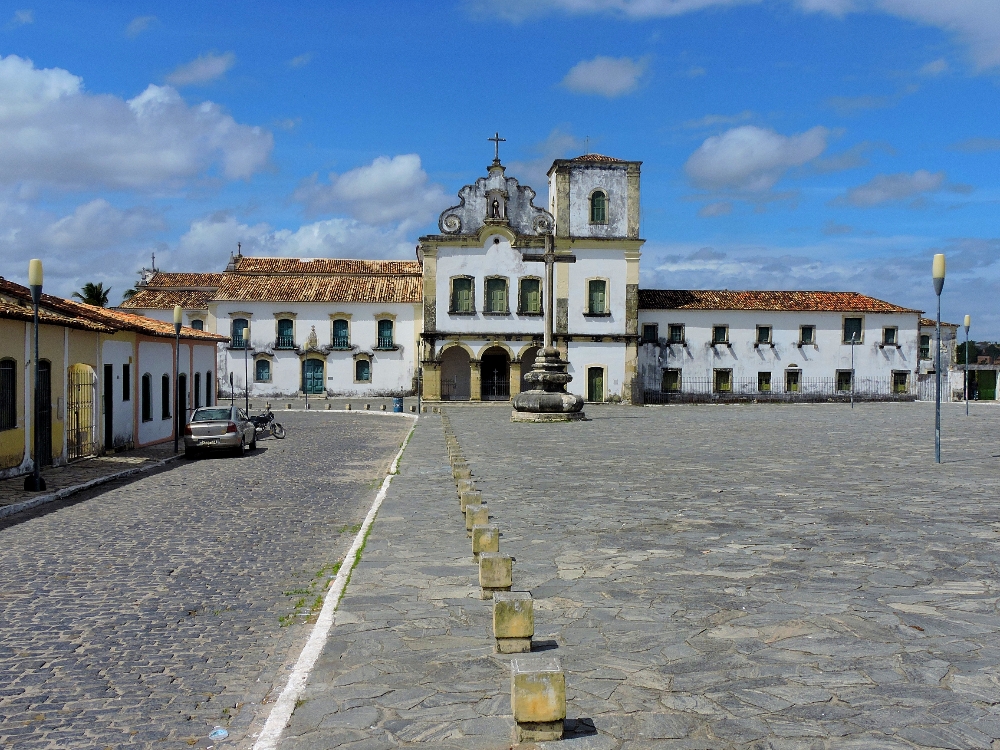
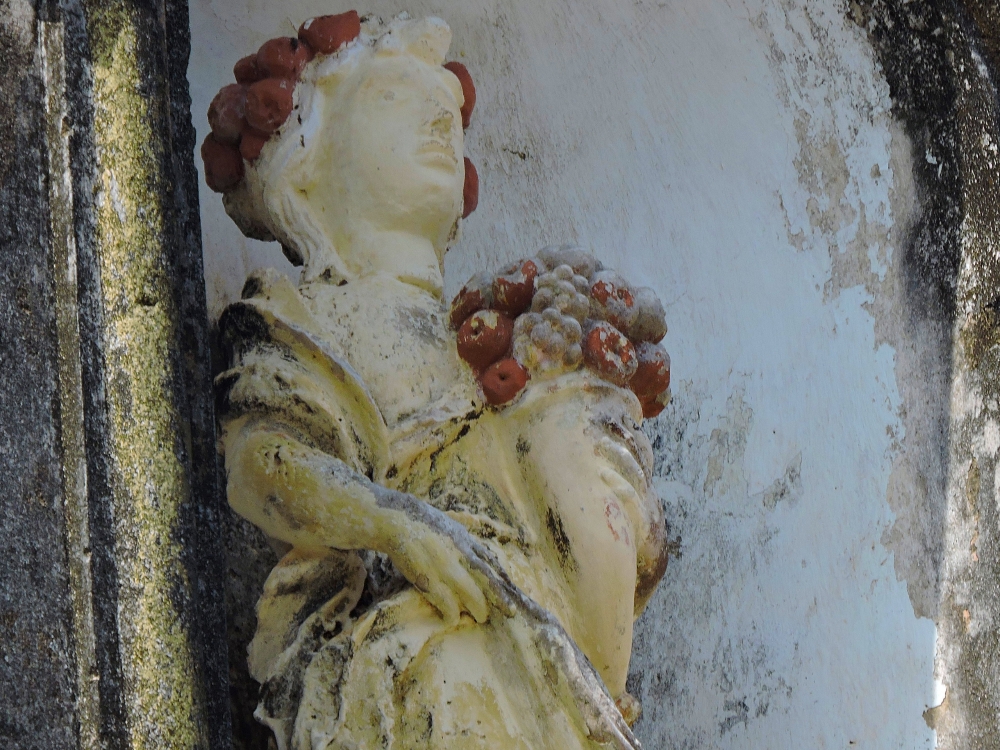
The second of these Sites, Olinda, another town with a well-preserved historic district, is located several hundred kilometers farther north, on the coast, and surrounded by the sprawling urbanization of the large city of Recife. Founded in 1535, and squabbled over by the colonial powers for many decades, today Olinda is another example of a early settlement that did not evolve into a grand city, but retained its character as a small town, though in scale it is much more substantial than São Cristóvão. There is a range of possibilities available for the preservation of historical towns and settlements, from converting everything into a living museum, to preserving the appearance of buildings but allowing them to be used for modern purposes, with several intermediate stages also possible. In the case of Olinda, the town has been preserved, but today most of its colonial zone is still being used for standard homes and businesses. Additionally, the colorful paints used on many facades, would not have been seen in the early colonial period, but would have appeared later on buildings dating back to the eighteen and nineteenth centuries. Like many similar towns, the oldest remaining buildings are seen in Olinda’s fine selection of old Churches. Overall, this site is a bit of a confusing mix, but nevertheless, it is still an interesting place to wander through for a while.
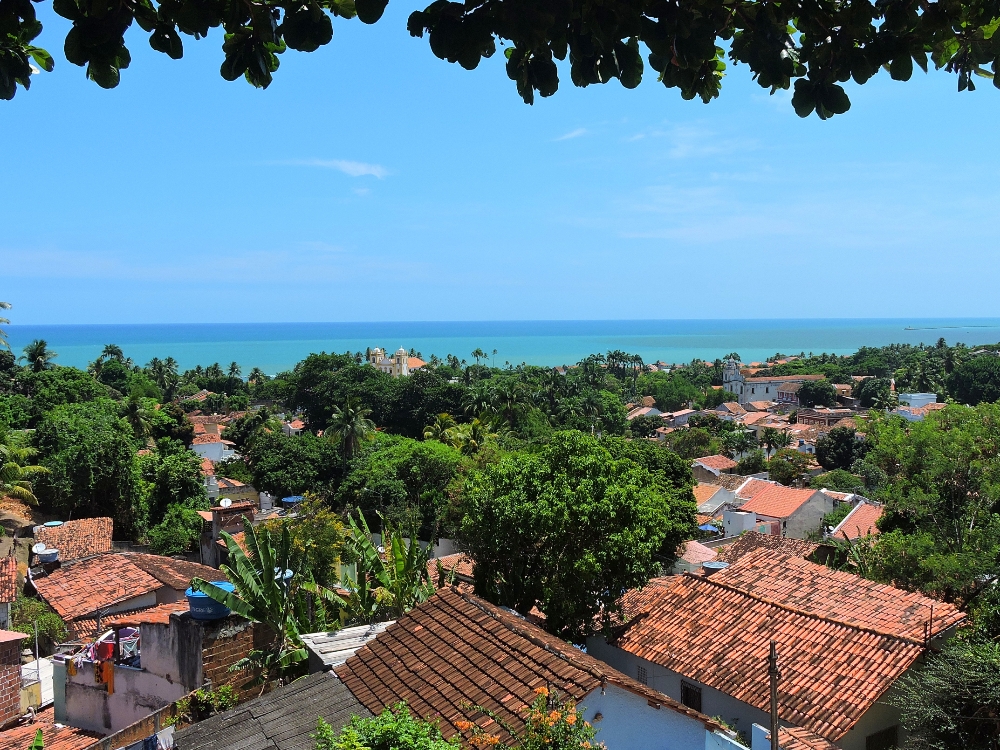
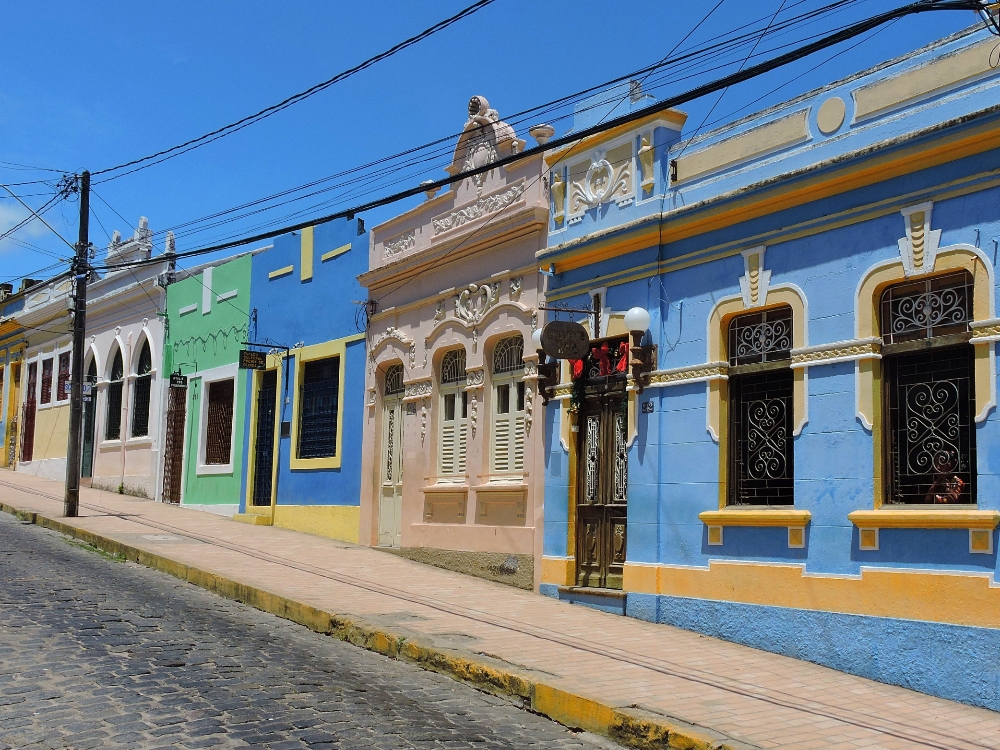
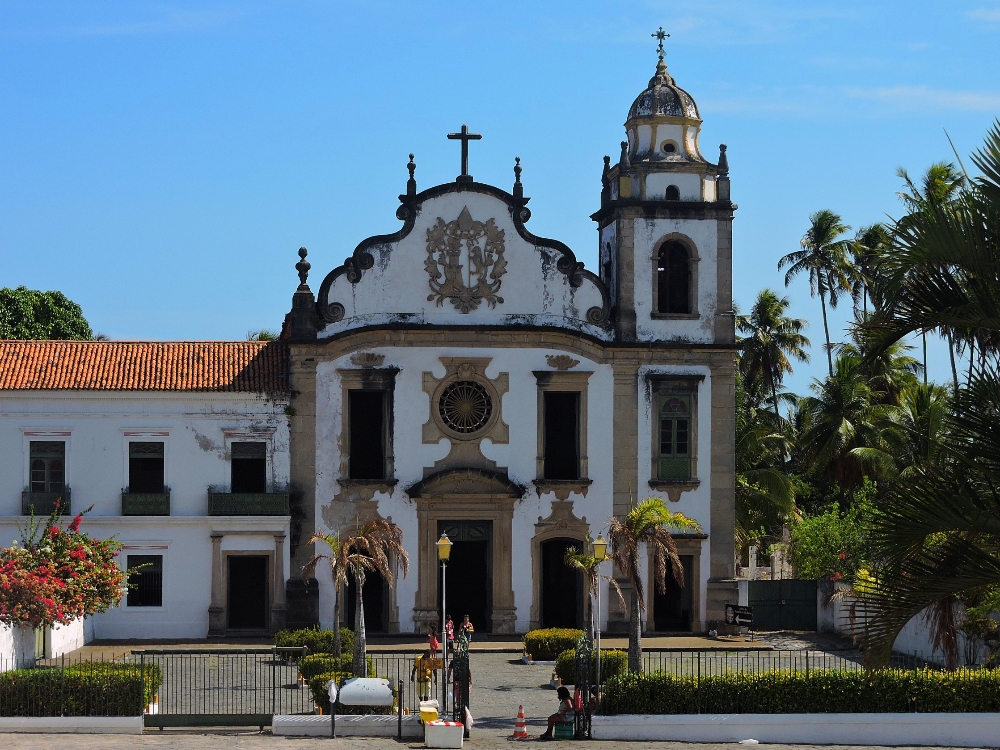
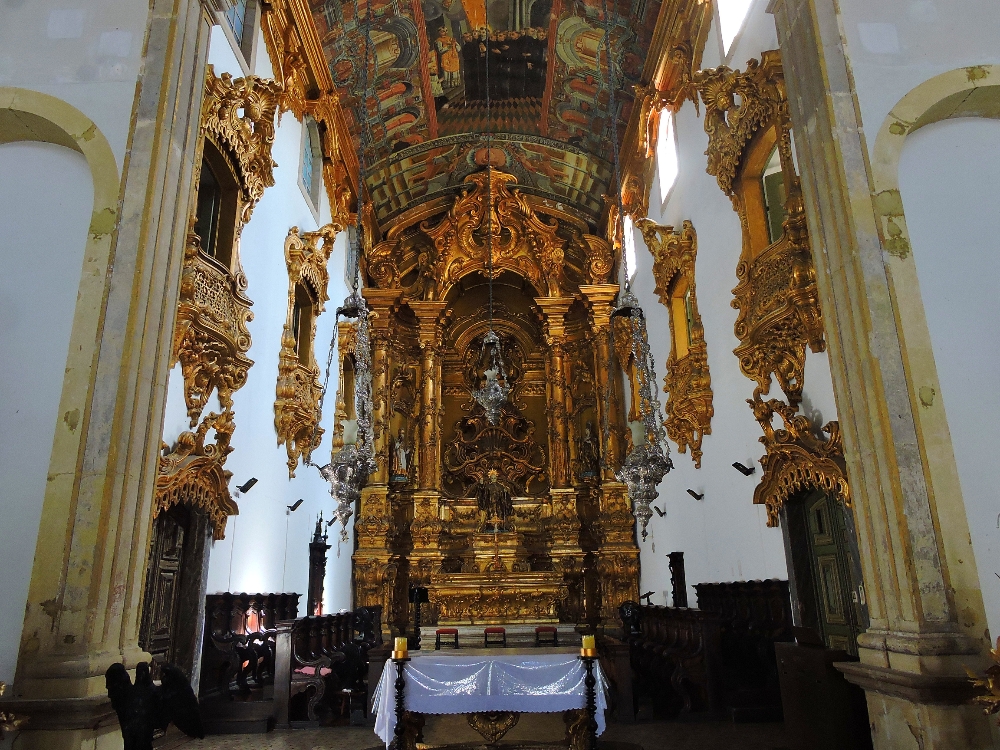
I certainly would have enjoyed these two Sites a little more if I had been feeling better, and if I had spent the amount of time there that I had originally planned for their visits. However, at this point in time, after two long Tours in Latin America, I have seen a large number of historical towns, and so their pull for me is not as great as it once was. Therefore, I was generally satisfied with these brief experiences.